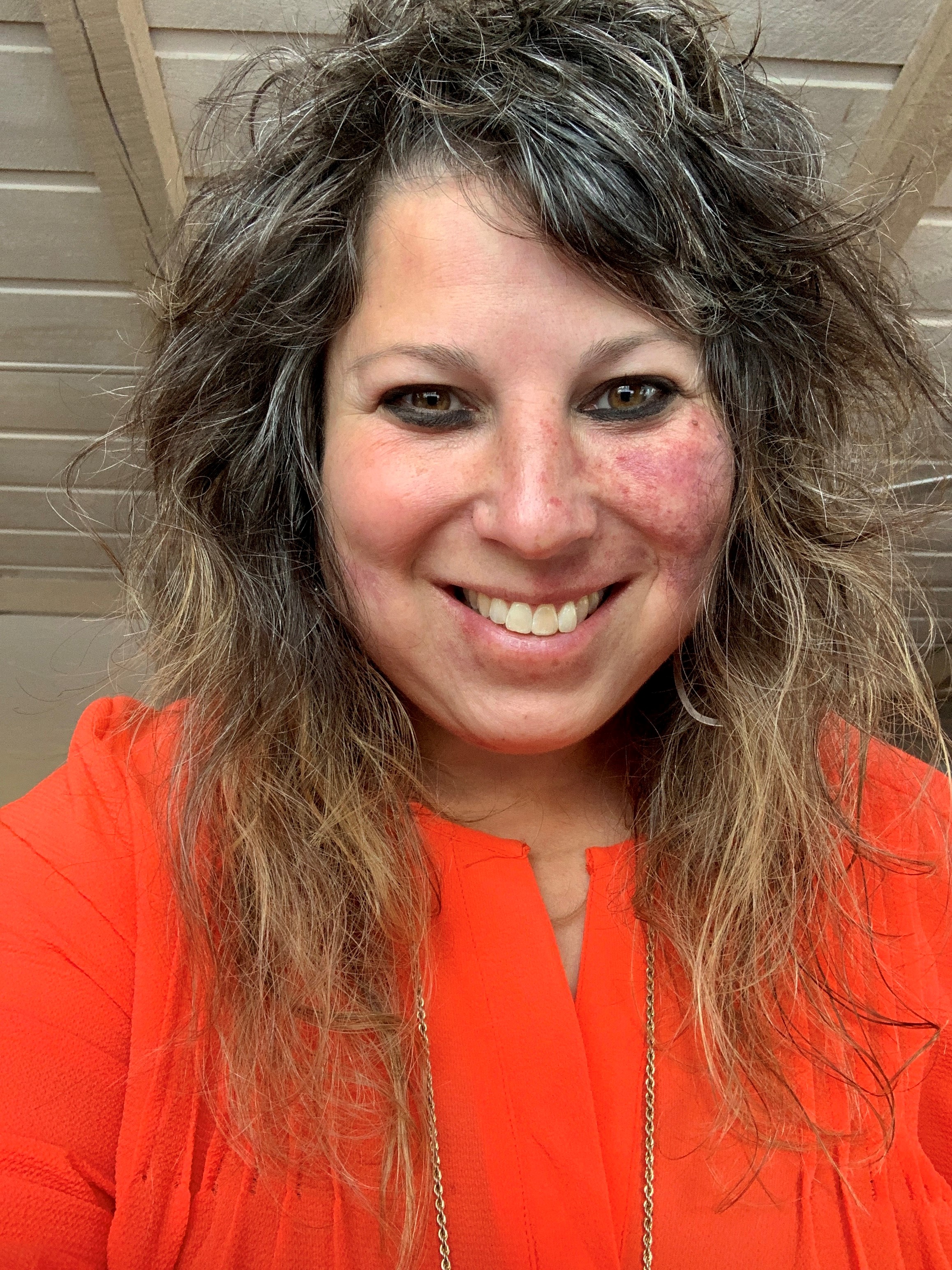More access to recreational cannabis reduces demand for prescription drugs
A new analysis assessed how legalization of recreational cannabis reduces demand for prescription drugs through state Medicaid programs.
The report, published in the journal, Health Economics, was conducted by a doctoral student in the Cornell Jeb E. Brooks School of Public Policy in Ithaca, New York and a doctoral student at Indiana University.
When states legalize marijuana, the volume of prescriptions within the drug classes that align with the medical indications for pain, depression, anxiety, sleep, psychosis, and seizures significantly decline, the researchers found.
Specifically, the authors’ findings show significant reductions in the Medicaid prescribing rate relative to implementation of a recreational cannabis law in six of the nine condition specific drug classes evaluated. Prescription drug use went down by 11 percent in treating depression, 12 percent for anti-anxiety, eight percent for pain, 9.5 percent for seizures, 10.7 percent for psychosis, and 10.8 percent for sleep. Researchers did not see a measurable change in drugs to treat nausea, spasticity, or glaucoma following a recreational cannabis law in the Medicaid population.
The authors based their study on an analysis of data retrieved from the Centers for Medicare and Medicaid Services in all 50 states from 2011 to 2019, a period when more states started permitting personal use of marijuana.
According to the report, since 1996, 38 states and the District of Columbia have passed medical cannabis laws that allow for the legal consumption of cannabis for qualifying patients only; 18 states and the District of Columbia have passed recreational cannabis laws that allow for legal consumption of personal use cannabis for those over the age of 21; and 17 states have passed high cannabidiol (CBD)/low tetrahydrocannabinol (THC) laws that legalize the use of CBD extract for qualifying patients.
“These results have important implications,” said Shyam Raman, a doctoral student in the Cornell Jeb E. Brooks School of Public Policy. “The reductions in drug utilization that we find could lead to significant cost savings for state Medicaid programs. The results also indicate an opportunity to reduce the harm that can come with the dangerous side effects associated with some prescription drugs.”




















SHARE